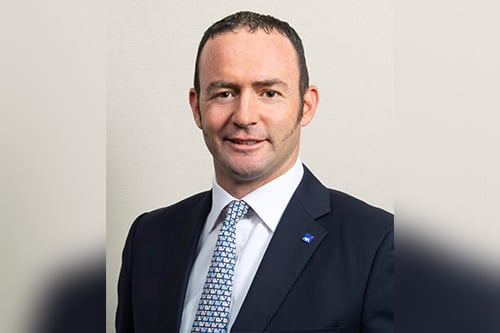

The crucial role that insurance plays in the resilience of societies, communities and countries has become clearer than ever during the COVID-19 pandemic. Now, the part that insurance capital plays in improving economic resilience has been examined in careful detail in the report ‘Optimising Disaster Recovery’ carried out by AXA XL in partnership with the Centre for Risk Studies (CCRS) at Cambridge Judge Business School.
Climate risk is at the heart of the study and it is a function of hazard, exposure and vulnerability, the report outlined. AXA, of which AXA XL is a subsidiary, earned the number three spot on the top 10 “most praised” companies for its fossil-fuel divestment policies in SIGWATCH’s 2020 ranking, and has long embraced a strategy not only of adapting to climate risks but also of taking advantage of its expertise to provide solutions.
The report was also published on the same day that the wider insurance industry was called on to do more when it comes to climate action, with Anna Sweeney, executive director of the insurance supervision division at the Bank of England, highlighting the role of insurance companies in managing climate-related risks.
Introducing the report, Andrew McFarlane (pictured above), who leads AXA XL’s public sector partnership Working Group noted that the core purpose of the business is to act for human progress by protecting what matters. What matters most to communities around the world, he said, is their families, their homes and their livelihoods. The work done by insurers and reinsurers, together with the support they get from governments, from local or federal aid agencies and from the solutions that communities develop themselves, is what allows communities affected by natural disasters to recover.
“The aim of this study was really to delve into these disasters and their recoveries, and to investigate the crucial role that insurance has, in both the speed and the quality of these recoveries,” McFarlane said. “… And the results are clear. Insurance plays a key role in determining and securing the quality and the speed of recoveries of those communities exposed to catastrophic risks.”

Chief scientist at CCRS, Andrew Coburn (pictured directly above), noted that the independent research unit has studied catastrophe risk and its impact on businesses and economies for many years, with particular interest in systemic risks and their large-scale impact.
“Often you hear a lot about homelessness and the destruction of physical infrastructure during major catastrophes, but this study looks at it a little bit differently,” he said. “It looks at the recovery of the economy, of the whole livelihoods that are critical to underpinning recovery.”
Through a deep-dive into a series of case studies, the team at CCRS has been able to shine a spotlight on what makes a good recovery, he said, and to pick apart some of the key factors that make a recovery positive or negative. Oliver Carpenter (pictured below), lead for environmental risk research, and project lead at CCRS, noted that one of the key outcomes of the research was that, by measuring recovery speed and quality, it was found that every percentage point increase in the level of insurance penetration correlated with nearly one year’s decrease in the time taken to recover.

Another key finding is that the average recovery time of all natural disaster cases is about 38 months, he said, and while a successful recovery is deemed to be one that happens within one to two years the fact remains that many take much longer. It’s not just about speed of recovery, however, but also about quality and it’s crucial to find balance between the two.
“The interesting cases are those that were found to be both fast and to reach improved levels of reformative recovery… but we need to understand, what are the controlling factors behind that trend? How do you get to a fast and a quality recovery, and an improved state of resilience?” he asked.
The database captured a variety of key metrics to explore a lot of the hypotheses and myths around disaster recovery, he said, and to examine how disasters impact the state of the economy, governance and decision-making as well as disaster risk management processes and disaster financing. Places with adequate and speedy funding recover faster and when that funding comes from insurance, he concluded.
“Our results have quantified the importance of insurance capital in economic recovery,” Carpenter said. “And we are looking at how pre-disaster financing through reinsurance has the ability to channel funds quickly and enable a reformative recovery. Of course, this is conditional on a lot of those controlling variables, those governance and decision-making factors that also exist in the aftermath of a disaster.
“But, ultimately, we think that expanding insurance capacity and closing that perception gap has a great power to improve resilience and recovery outcomes. And we think this has been a major contribution to the broader best practice in recovery management.”
